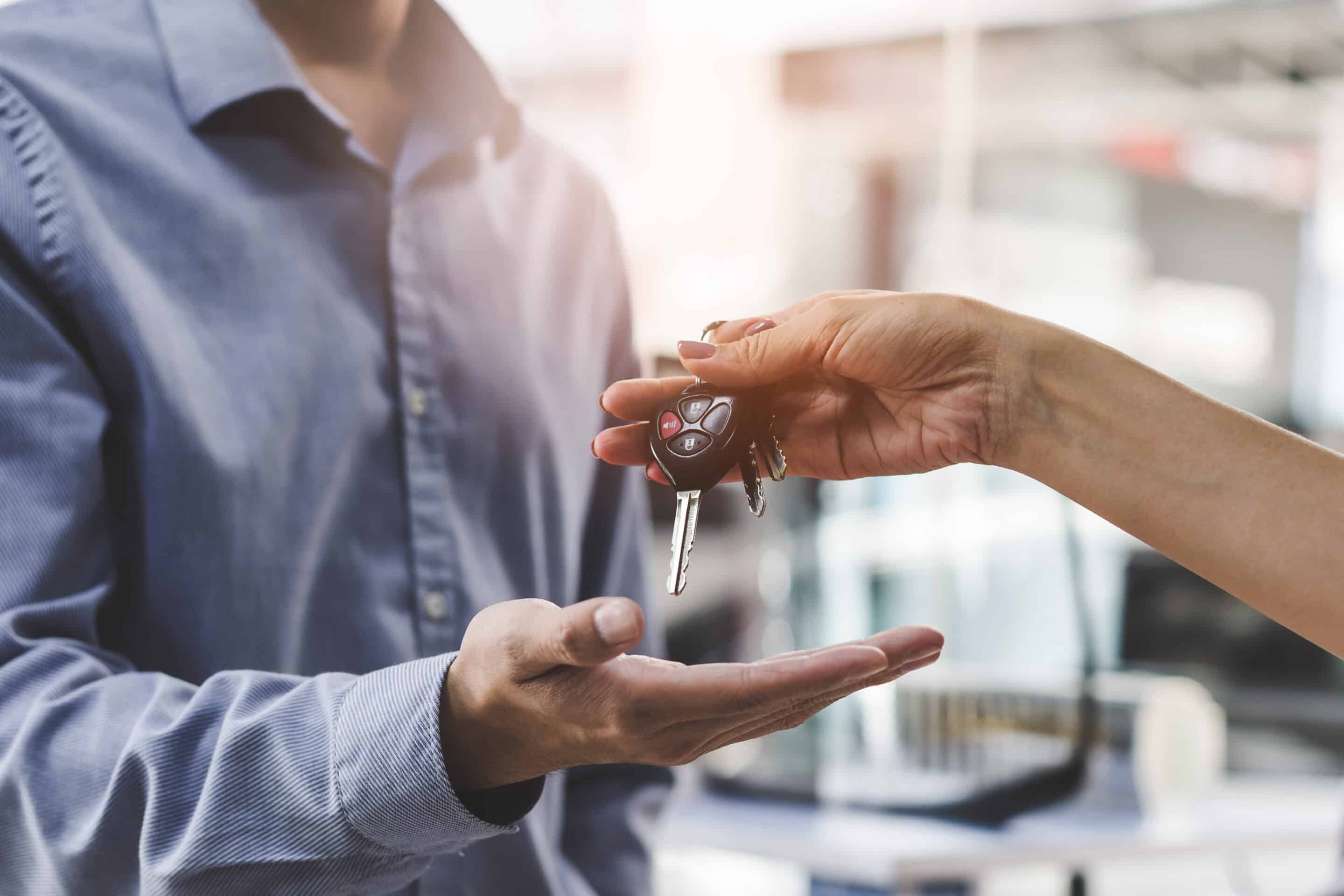 WASHINGTON – Consumer delinquencies continued to decline in the second quarter of 2012, with bank card delinquencies falling to 11-year lows as consumers shore up their financial base in an uncertain economy, according to results from the American Bankers Association’s Consumer Credit Delinquency Bulletin.
WASHINGTON – Consumer delinquencies continued to decline in the second quarter of 2012, with bank card delinquencies falling to 11-year lows as consumers shore up their financial base in an uncertain economy, according to results from the American Bankers Association’s Consumer Credit Delinquency Bulletin.
During the second quarter, bank card delinquencies dropped below three percent of accounts for the first time since 2001, falling 15 basis points to 2.93 percent of all accounts and well below the 15-year average of 3.91 percent.
The composite ratio, which tracks delinquencies in eight closed-end installment loan categories, fell 11 basis points to 2.24 percent of all accounts in the second quarter, below the 15-year average of 2.40 percent. (See Historical Fact Sheet.) The ABA report defines a delinquency as a late payment that is 30 days or more overdue.
James Chessen, ABA’s chief economist, attributed the improvement to continued efforts by consumers to manage their finances.
“Consumers are saving more and borrowing less as they work to pay down debt at a faster rate,” Chessen said. “Economic uncertainty has made consumers hesitant to take on new debt, and building a stronger financial base has become a priority.”
While Chessen found the continued decline encouraging, the report didn’t reflect the kind of comprehensive improvement across categories seen in the first quarter.
“The lack of broad-based improvement gives us pause about the future,” Chessen said. “The economy experienced turbulence in the second quarter. Slow job growth and continued uncertainty means many consumers will face challenges managing their debt going forward.”
Chessen also noted that delinquencies in all three categories of home-related loans rose in the second quarter.
“While the housing market appears to have turned a corner, we are many quarters away from seeing improvement filter through to reduce home-related delinquencies,” Chessen said.
Chessen said consumers should be congratulated on their prudent and cautious behavior toward credit, particularly given the uncertainty they face.
“Good financial planning is the best defense against inevitable economic bumps in the road that lie ahead,” he said. “The economic path is far from certain as Europe continues to struggle and big decisions are needed to deal with the looming U.S. debt cliff.” (See economic charts.)
Looking forward, Chessen believes that the future outlook depends on a growing economy with stronger job growth.
“A robust economy is the best protector against increased delinquencies,” Chessen said.
The second quarter 2012 composite ratio is made up of the following eight closed-end loans. All figures are seasonally adjusted based upon the number of accounts.
CLOSED-END LOANS
- Personal loan delinquencies rose from 2.01 percent to 2.15 percent.
- Direct auto loan delinquencies rose from 0.86 percent to 0.92 percent.
- Indirect auto loan delinquencies fell from 2.41 percent to 2.23 percent.
- Mobile home delinquencies fell from 3.25 percent to 3.15 percent.
- RV loan delinquencies rose from 1.11 percent to 1.15 percent.
- Marine loan delinquencies rose from 1.44 percent to 1.53 percent.
- Property improvement loan delinquencies rose from 0.83 percent to 0.90 percent.
- Home equity loan delinquencies rose from 4.00 percent to 4.09 percent.
In addition, ABA tracks three open-end loan categories:
OPEN-END LOANS
- Bank card delinquencies fell from 3.08 percent to 2.93 percent
- Home equity lines of credit delinquencies rose from 1.78 percent to 1.91 percent.
- Non-card revolving loan delinquencies rose from 1.18 percent to 1.35 percent.
Consumer Tips
For borrowers having trouble paying down debts, ABA advises taking action — sooner rather than later — to solve debt problems with the following tips
- Talk with creditors – the sooner you talk to them, the more options you have;
- Don’t charge more purchases until your problems are solved;
- Avoid bankruptcy – it’s a short-term solution with long-term consequences; and
- Contact Consumer Credit Counseling Services at 1-800-388-2227.
For more information on budgeting, saving and managing credit, visit the ABA Education Foundation’s consumer web page at http://www.aba.com/Consumers/
Glossary
Indirect auto loan: loan arranged through a third party such as an auto dealer.
Direct auto loan: loan arranged directly through a bank.
Delinquency: late payment that is 30 days or more overdue.
Bank card: a credit card provided by a bank.
Closed-end loan: a loan for a fixed amount of money with a fixed repayment period and regularly scheduled payments.
Open-end loan: a loan with a fixed amount of available credit but a balance that fluctuates depending on usage such as a line of credit.
The American Bankers Association represents banks of all sizes and charters and is the voice for the nation’s $13 trillion banking industry and its two million employees. Learn more at aba.com.








